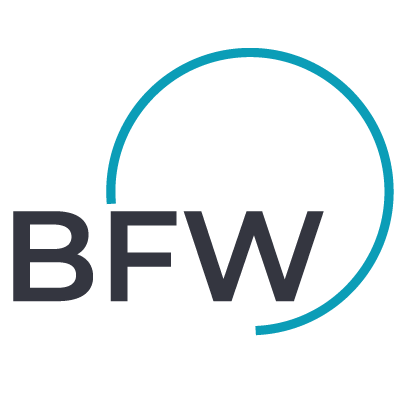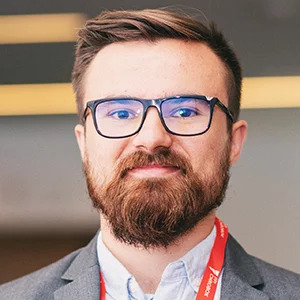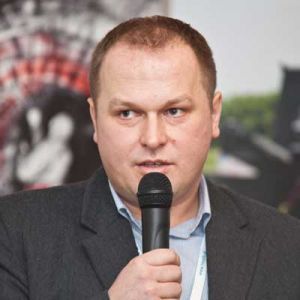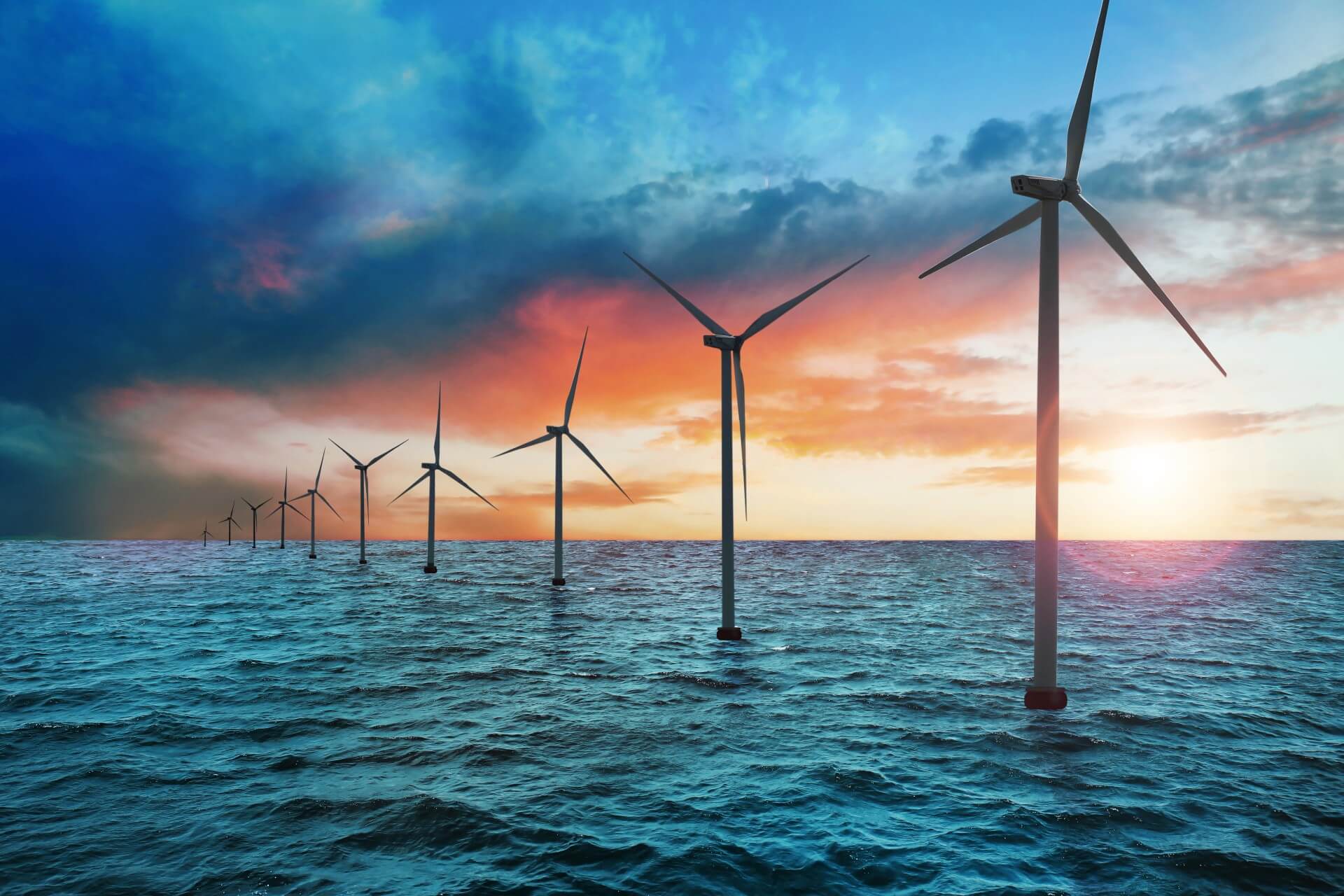
CONFERENCE PROGRAMME*
*Programme subject to modification.
CONFERENCE DAY I
TUESDAY, 16.05.2023 12:30-18:30
DAY I
16.05.2023
11:30
REGISTRATION OF PARTICIPANTS
12:30 – 12:40
OPENING OF THE CONFERENCE
12:40 – 14:15
SESSION I – DETERMINANTS, DEVELOPMENT, SAFETY AND RISK MANAGEMENT IN THE CONSTRUCTION OF OWF

The presentation will encompass general overview of the historical development of offshore wind branch globally, with particular attention to our geographical zone. The author will present the characteristics of this business area supported by some numbers as to enable better understanding of the investment scale in respect of the overall energy sector. This also aims to assist the understating of the Baltic Sea potential against the global developments in this market area.
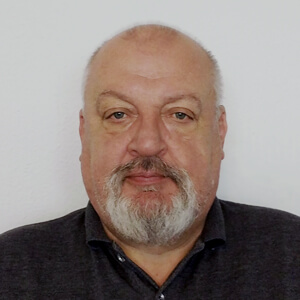
Defined offshore activities, e.g.: deposition of monopiles, installation of rotor blades, construction of substations, laying of cables on the seabed, transportation of personnel to Offshore installations.
Determination of routes and activity areas: inspection of the seabed for unexploded ordnance and other debris, removal and disposal of unexploded ordnance and other debris, analysis of the seabed for geological and geophysical purposes, routing of offshore transmission cables.
Selection of project crews and units: qualifications of in-house and third-party personnel, characteristics and criteria for selection of units for a specific project.
Maritime logistics: geographic identification of suppliers, development of routes and delivery dates, determination of storage locations for individual components, selection of transport units, loading at ports, unloading at sea and installation of individual components, development of methods for transporting personnel.
Identification and analysis of risks arising from offshore activities: weather and hydrological conditions, safety of work on vessels in use, certification of vessels and their personnel, experience of service providers and their crews, safety of passage to work sites, settings at work stations, safety of operations (stability, DP class, anchoring systems used, etc.).
Examples of disasters in the offshore industry: vessels, jack ups, crane disasters, anchoring system failures.
Ways and methods of avoiding and eliminating hazards arising from offshore work: developing procedures for individual operations at sea and in ports (routine kills), thorough risk analysis of individual offshore operations, training of own crews and cooperative companies onshore and offshore – min qualification requirements, developing minimum technical requirements for individual units, hiring experienced maritime personnel for their offshore and onshore activities, hiring specialized companies to ensure constant supervision and control of all operations performed in ports and at sea;
Marine insurance – the role of MWS during operations.
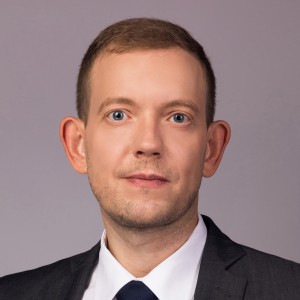
- Excerpts from risk management (philosophy, methods, tools)
- Examples of various risks from the OWF construction stage
- Key lessons from past projects
- Summary – why fortune favours the prepared
14:15 – 15:15
LUNCH BREAK

15:15 – 16:15
SESSION II – OWF DESIGN

The presentation will initially focus on an overview of the software used in the design of offshore wind farms with a brief general description of each of them. Next, trends in the design of foundations for offshore wind farms in the Polish exclusive economic zone and globally will be described.
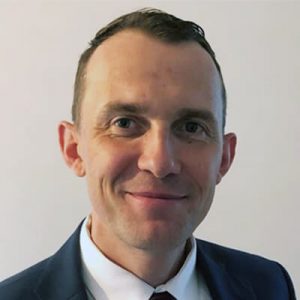
Due to high complexity of Offshore Wind Installation Investments project are typically at the high level of risk and sensitive for changes. Risk (and opportunity) is present at every stage of the project and concerns primary cost, time and scope and related quality. Project variables typically considered as risks may be turned into opportunities if properly predicted, described and valuated at the design and engineering stages.

The digital twin technology has the potential to significantly improve the design of future offshore wind turbines and operation of the existing ones. In this presentation the digital twin technology will be introduced in the application to offshore wind turbines. Ramboll’s vast experience in applying this technology will be summarized and few examples of value generation by using Ramboll’s True Digital Twin technology will be presented.
16:15 – 16:45
COFFEE BREAK

16:45 – 18:30
SESSION III – FROM DESIGN TO CONSTRUCTION OWF

The presentation will discuss a foundation solution to support the development of energy sector based on Renewable Energy Sources. The content of the speech will largely focus on showcasing the experience of the brand dedicated to port solutions – ForShore by Soletanche Bachy. It will also cover interesting projects related to the construction of connections, installation ports, and service docks, with a focus on the technologies used and the benefits resulting from their implementation.
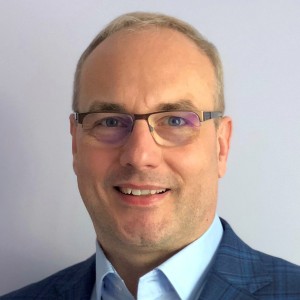
Servicing the offshore wind energy sector requires the preparation of appropriate port infrastructure. Installation terminals adapted to the transport of bulky cargo and oversized quay pressures, as well as service ports enabling the handling of offshore wind service units, are a key element in the planned development of the offshore wind energy sector in Poland.
The sector’s ambitious growth plans present an engineering challenge to design and build facilities that meet high technical, economic and environmental requirements. Modern but proven geotechnical and marine construction technologies can be an important element in enabling these plans to be realised.
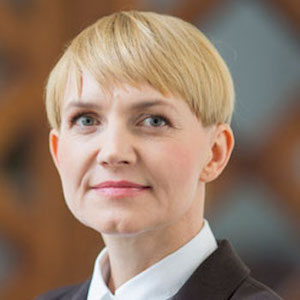
The paper will present methods of ground investigation and their specificity in the offshore areas of the Republic of Poland for the foundation of Offshore Wind Farms and their connection, as well as the experience of certified engineering geologists gained during geological supervision on research vessels adapted for offshore ground investigation.
Authors: Edyta Majer, Monika Szabłowska, Adam Popławski, Kamil Wasilewski – Państwowy Instytut Geologiczny – Państwowy Instytut Badawczy
20:00 – 00:00
FEAST DINNER

CONFERENCE DAY II
WEDNESDAY, 17.05.2023 9:15-12:30
DAY II
17.05.2023
9:15 – 11:00
SESSION IV – SUBSOIL INVESTIGATIONS FOR THE FOUNDATION OF OWF
The presentation includes a current review of world literature, covering issues related to the design, implementation and operation of foundations for offshore wind energy facilities. Technical solutions (technologies) under current development worldwide are shown. Information on the applied and developed research methods has also been compiled, divided into model tests on a laboratory scale, tests on real world objects, and concepts of numerical modeling with the use of leading computer programs dedicated to geotechnical issues. The presented review is intended by the Author to facilitate current discussions between Institutions, Companies and Research Offices regarding the scope of possible support from the Universities for planned and implemented investment projects in the field of Offshore Wind Energy.

During the presentation, the author will present and discuss the economic, legal, infrastructural and market conditions for the development of the offshore wind energy sector in Poland. Current offshore wind farm projects, located in the Polish exclusive economic zone of the Baltic Sea, will be presented and potential development scenarios for the Polish offshore wind market in the period up to about 2040 will be discussed.
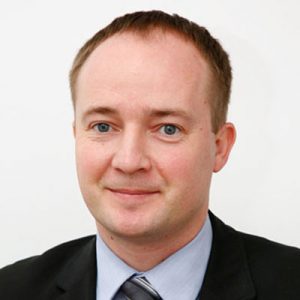
Geopolitical and climate conditions force us to effectively search for alternative energy sources. Wind energy is one of the possibilities, while location restrictions are causing a growing interest in the implementation of such installations in offshore conditions. Optimization of the foundation of such objects requires appropriate quality of ground recognition and a package of geotechnical parameters selected for the design needs. In addition to the description of the mechanical properties resulting from the statics of the object, there are parameters describing the behavior associated with dynamic interactions that are transferred to the ground. The economy and safety of off-shore structures requires comparing the values of the natural vibrations of a system consisting of a supporting structure with the often dynamic forcing properties resulting from the rotor rotational speed, the natural vibrations of the rotor lobes and other turbine or platform components, and forced water waves. These factors determine the scope of geotechnical research, including the regime of conducting laboratory tests in advanced measurement devices, i.e. a direct simple shear apparatus and a triaxial apparatus with system of internal measurement and bender elements, in the range of static and dynamic (cyclic) loads, or measurements in a resonant column. The extended methodology and measurement range of these devices allows for modeling the behavior of offshore objects and assessing the impact of, i.e. possible displacements of the bottom sediment, undermining the foundation, or material damping of the structure from the ground and foundation side. The possibilities and limitations of determining the required geotechnical parameters will be discussed in the paper on the basis of already carried out research in an accredited geotechnical laboratory.
Authors:
T. Godlewski, M. Wszędyrówny-Nast., M. Witowski
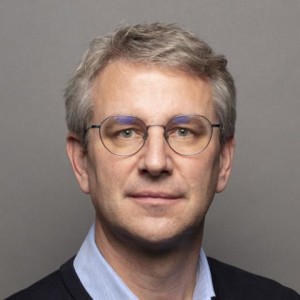
Predicting the performance of offshore wind turbines through their lifetime is challenging. Being considered as dynamic systems and being subjected to harsh environments, a change of the initial design conditions is inevitable. Cyclic loading can lead to progressive degradation of soil in terms of plastic strain accumulation, pore pressure built up and evolution of stiffness. Their prediction is of vital importance during the design phase. The presentation summarizes latest design methodologies for cyclically loaded foundations with special focus on Baltic Sea soil conditions.
11:00 – 11:30
COFFEE BREAK

11:30 – 12:40
SESSION V – HDD IN OWF PROJECTS
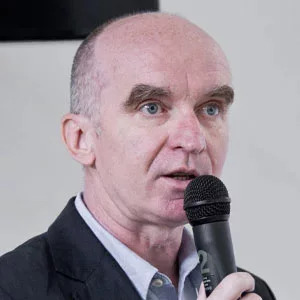
The paper presents an optimal solution for crossing the shoreline in order to install PEHD pipelines for power cables. The author gives boundary conditions for using HDD in this type of applications.
Trenchless methods of shoreline crossing: HDD, Direct Pipe, Microtunnel.
Economic and technical comparison of available methods.
The impact of marine works on the total work for a given method.
The dynamic development of HDD technology allows offshore technical infrastructure connections to be realized. In the presentation, the author will review the realized shoreline crossings in HDD drilling technology.
12:40
END OF PROCEEDINGS
12:40
LUNCH

